Moles and Your Skin
 Moles are growths on the skin that are usually brown or black. Moles can appear anywhere on the skin, alone or in groups.
Moles are growths on the skin that are usually brown or black. Moles can appear anywhere on the skin, alone or in groups.Most moles appear in early childhood and during the first 30 years of a person's life. It is normal to have between 10-40 moles by adulthood.
As the years pass, moles usually change slowly, becoming raised and/or changing color. Often, hairs develop on the mole. Some moles may not change at all, while others may slowly disappear over time.
What Causes a Mole?
Moles occur when cells in the skin grow in a cluster instead of being spread throughout the skin. These cells are called melanocytes, and they make the pigment that gives skin its natural color. Moles may darken after exposure to the sun, during the teen years, and during pregnancy.Types of Moles
 Congenital nevi are moles that appear at birth. Congenital nevi occur in about one in 100 people. These moles may be more likely to develop into melanoma (cancer) than are moles that appear after birth. A mole or freckle should be checked if it has a diameter of more than a pencil eraser or any characteristics of the ABCDEs of melanoma (see below).
Congenital nevi are moles that appear at birth. Congenital nevi occur in about one in 100 people. These moles may be more likely to develop into melanoma (cancer) than are moles that appear after birth. A mole or freckle should be checked if it has a diameter of more than a pencil eraser or any characteristics of the ABCDEs of melanoma (see below). Dysplastic nevi are moles that are larger than average (larger than a pencil eraser) and irregular in shape. They tend to have uneven color with dark brown centers and lighter, uneven edges. People with dysplastic nevi may have more than 100 moles and have a greater chance of developing melanoma, a serious form of skin cancer. Any changes in a mole should be checked by a dermatologist to evaluate for skin cancer.
Dysplastic nevi are moles that are larger than average (larger than a pencil eraser) and irregular in shape. They tend to have uneven color with dark brown centers and lighter, uneven edges. People with dysplastic nevi may have more than 100 moles and have a greater chance of developing melanoma, a serious form of skin cancer. Any changes in a mole should be checked by a dermatologist to evaluate for skin cancer.How Do I Know if a Mole Is Cancer?
The vast majority of moles are not dangerous. The only moles that are of medical concern are those that look different than other existing moles or those that first appear after age 30. If you notice changes in a mole's color, height, size, or shape, you should have a dermatologist (skin doctor) evaluate it. You also should have moles checked if they bleed, ooze, itch, or become tender or painful.Examine your skin with a mirror or ask someone to help you. Pay special attention to areas of the skin that are often exposed to the sun, such as the hands, arms, chest, neck, face, and ears.
If a mole does not change over time, there is little reason for concern. If you see any signs of change in an existing mole, if you have a new mole, or if you want a mole to be removed for cosmetic reasons, talk to your dermatologist. http://www.webmd.com/skin-problems-and-treatments/guide/moles-freckles-skin-tags



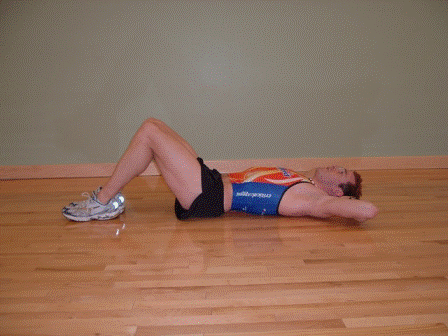
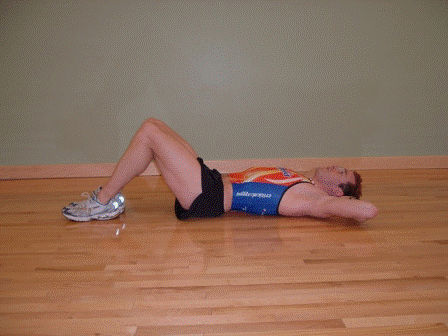
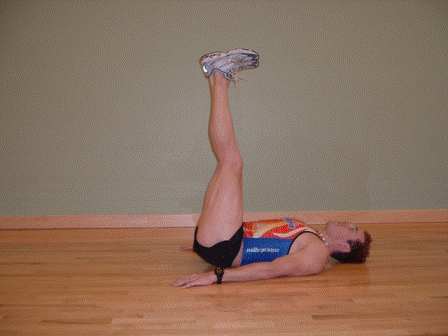

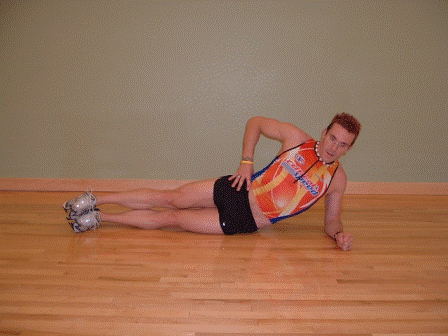
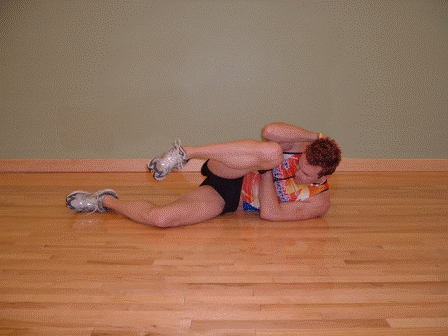
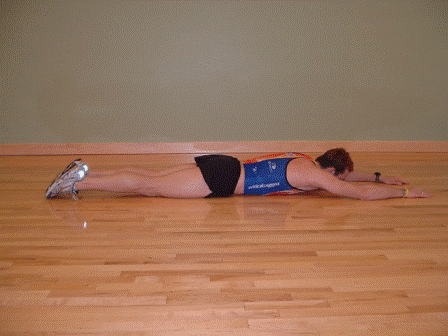
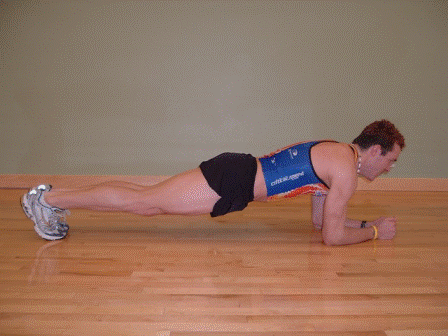
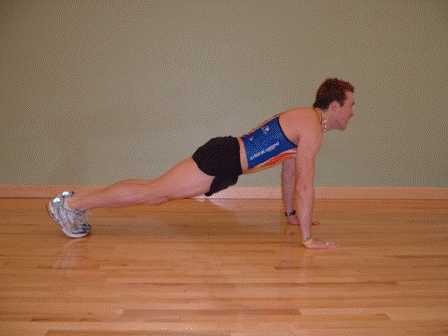
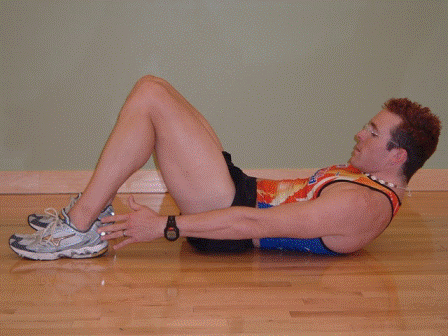
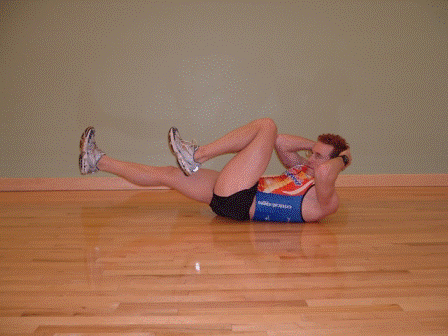
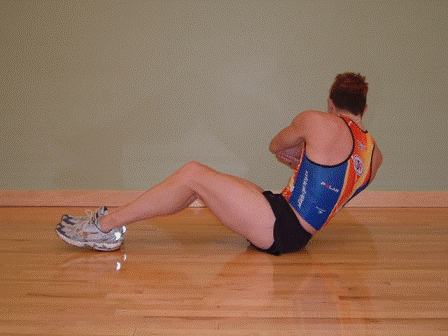


 in our bodies is manufactured by our own livers. Unfortunately, too much cholesterol is associated with blockages in arteries supplying the heart and brain, leading to heart attacks and strokes.
in our bodies is manufactured by our own livers. Unfortunately, too much cholesterol is associated with blockages in arteries supplying the heart and brain, leading to heart attacks and strokes. 











